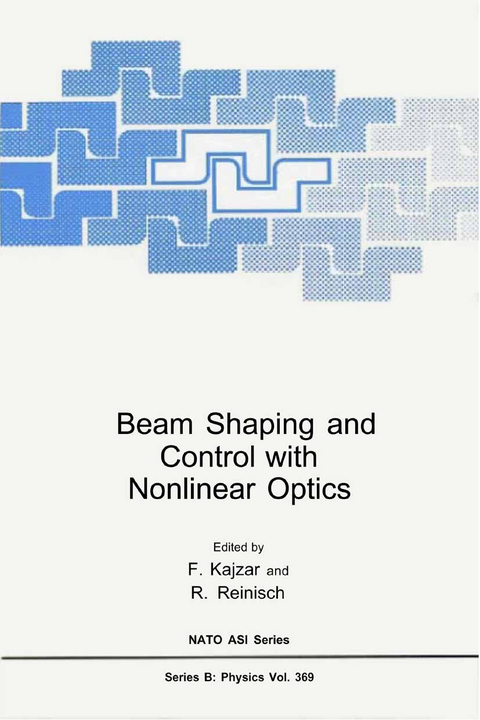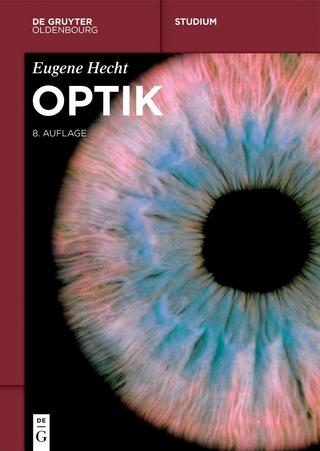
Beam Shaping and Control with Nonlinear Optics
Springer-Verlag New York Inc.
978-1-4757-8541-8 (ISBN)
to Nonlinear Optics: A Selected Overview.- to Ultrafast and Cumulative Nonlinear Absorption and Nonlinear Refraction.- From Dipolar Molecular Engineering to Multipolar Photonic Engineering in Nonlinear Optics.- Molecule Orientation Techniques.- Nonlinear Pulse Propagation Along Quantum Well in a Semiconductor Microcavity.- Some Aspects of the Theory of Light-Induced Kinetic Effects in Gases.- Temporal and Spatial Solitons: An Overview.- Spatial Solitons in Quadratic Nonlinear Media.- Phototorefractive Spatial Solitons.- Sub-Cycle Pulses and Field Solitons: Near- and Sub-Femtosecond Em-Bubbles.- Nonlinear Waveguiding Optics.- Quadratic Cascading: Effects and Applications.- Nonlinear Optical Frequency Conversion: Material Requirements, Engineered Materials, and Quasi-Phasematching.- Low-Power Short Wavelength Coherent Sources: Technologies and Applications.- Artificial Mesoscopic Materials for Nonlinear Optics.
| Reihe/Serie | NATO Science Series: B ; 369 |
|---|---|
| Zusatzinfo | VIII, 475 p. |
| Verlagsort | New York, NY |
| Sprache | englisch |
| Maße | 178 x 254 mm |
| Themenwelt | Mathematik / Informatik ► Informatik |
| Naturwissenschaften ► Physik / Astronomie ► Optik | |
| Technik ► Elektrotechnik / Energietechnik | |
| Technik ► Maschinenbau | |
| ISBN-10 | 1-4757-8541-0 / 1475785410 |
| ISBN-13 | 978-1-4757-8541-8 / 9781475785418 |
| Zustand | Neuware |
| Haben Sie eine Frage zum Produkt? |
aus dem Bereich


